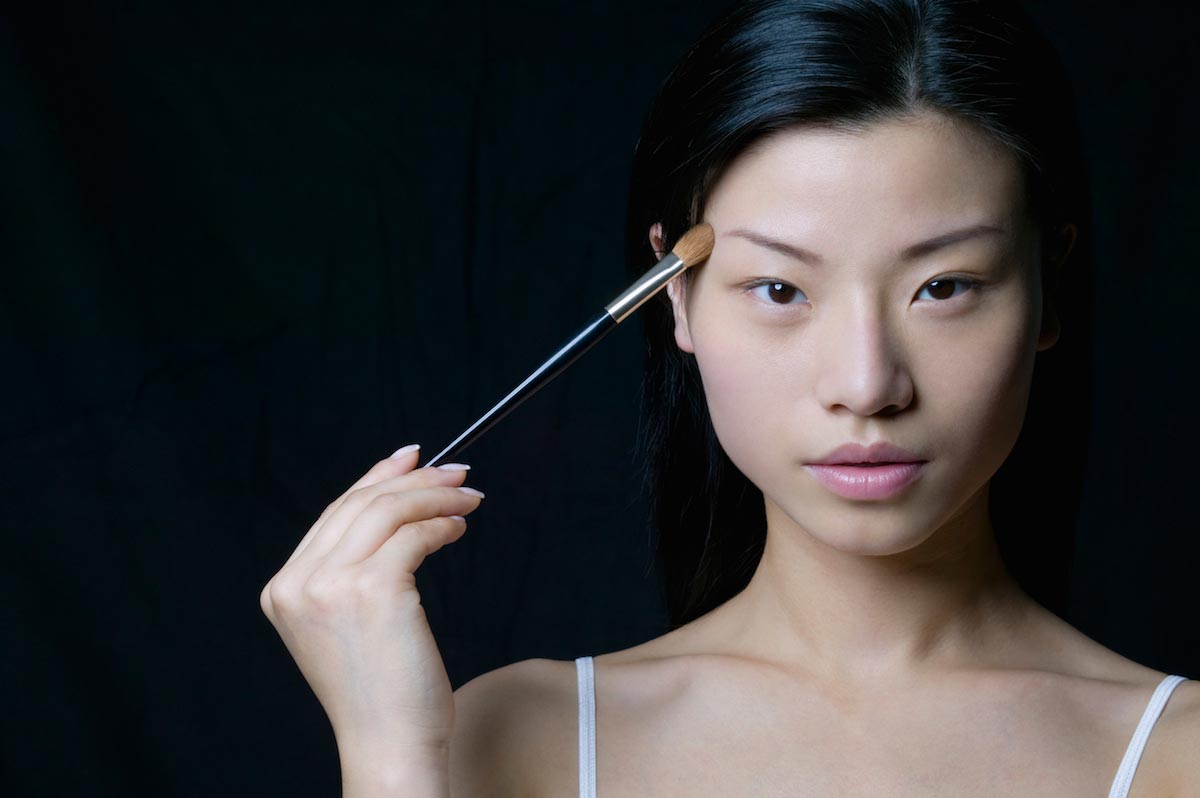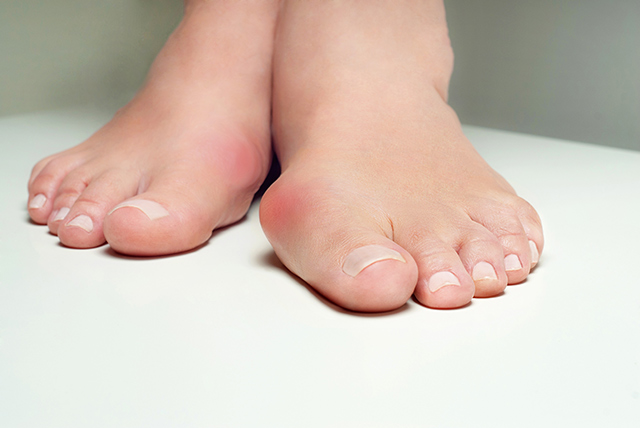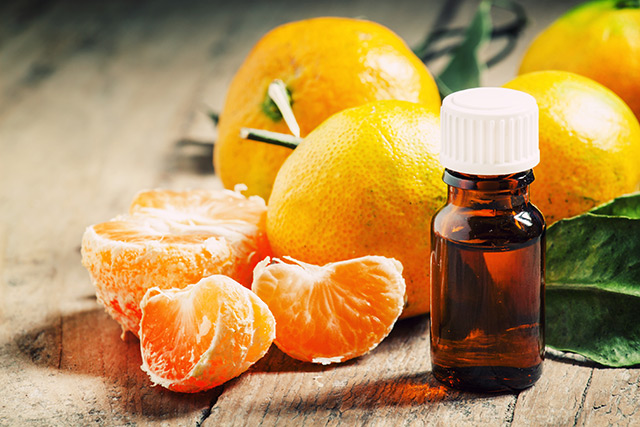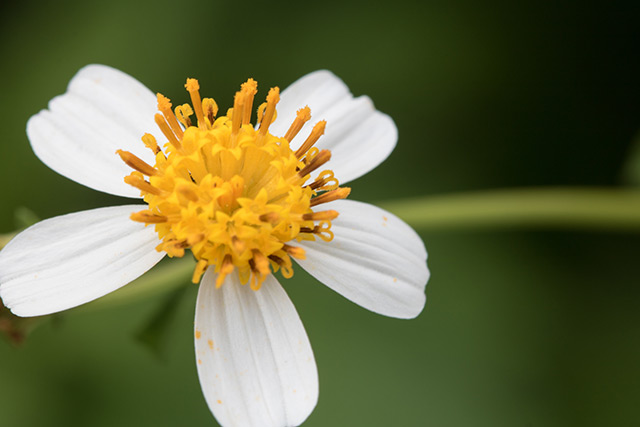Organic cosmetics guru Aubrey Hampton exposes the industry and its toxic ingredients
10/29/2015 / By Julie Wilson

Skin is our bodies’ largest organ, so we all should be especially cautious about what we apply to it. This is particularly important considering personal care products applied to the skin can be absorbed into our bloodstream: think nicotine or birth control patches.
Which substances readily absorb into the skin depend on their chemical makeup; while some chemicals are too large to soak through the skin and enter the bloodstream, others are not. For example, a 2005 study by the Environmental Working Group (EWG) found an average of 200 toxic chemicals in umbilical cord blood from 10 babies born in August and September of 2004 in U.S. hospitals.
While researchers previously “believed the placenta shielded cord blood — and the developing baby — from most chemicals and pollutants in the environment,” it’s now understood that umbilical cord blood carries many of the same pollutants the mother is exposed to, some of which may come from personal care products containing toxic ingredients.
Studies show products apply to the skin sometimes enter bloodstream
Harmful substances found in personal care products are poorly regulated by the U.S. Food and Drug Administration (FDA), which has no authority to require companies to test cosmetics for safety. The FDA doesn’t review or approve the vast majority of personal care products or ingredients before they hit the market either, says the EWG in an article detailing the myths about cosmetic safety.
This is why it’s important to have a good understanding of which commonly found ingredients in cosmetics are the most toxic, many of which are endocrine mimickers and may damage a woman’s reproductive system, among other health effects.
The power of the elements: Discover Colloidal Silver Mouthwash with quality, natural ingredients like Sangre de Drago sap, black walnut hulls, menthol crystals and more. Zero artificial sweeteners, colors or alcohol. Learn more at the Health Ranger Store and help support this news site.
Founder of Aubrey Organics exposes cosmetics industry’s hidden agenda
American biochemist and writer Aubrey Hampton was born on an organic farm in rural Indiana and began learning how to make herbal cosmetics under the guidance of his mother at just nine-years-old.
Hampton later founded Aubrey Organics in 1967, a natural and organic cosmetics company. Today, Hampton travels the world demonstrating how to make completely natural cosmetics that are environmentally friendly and not tested on animals.
In 2000, Hampton published What’s in Your Cosmetics, giving readers the inside scoop on what to look for and what to avoid in cosmetics.
“Today, people spend well over fifteen billion dollars a year on cosmetics, and with that kind of money at stake, some companies will use any method they can think of to get you to buy their products. It’s a copy-cat business, with manufacturers stealing ideas from each other so rapidly that often the only difference from one label to the next is a new synthetic chemical or a different shade of artificial color,” wrote Hampton.
“Cosmetic chemists are an odd group of men (most are men). Lacking in both imagination and concern for humans, animals and the environment, they have no ability to make a product that actually does something for the hair and skin. Instead, they torture lab animals to prove their chemicals are safe (an inaccurate and inhumane form of testing), in collaboration with the agency that’s supposed to protect you from them: the Food and Drug Administration (FDA).
“Most cosmetic manufacturers will use any kind of slogan to make you disregard their ingredients, which include formaldehyde, benzene and petrochemicals that pollute the environment and don’t belong in your hair or on your skin. The FDA’s GRAS (‘generally recognized as safe’) list is designed to protect the chemical industry, not the consumer.”
Healing properties of green tea
Fortunately for consumers, there are some ingredients that benefit the skin, one of them being green tea.
“The leaf of the white camellia (Camellia sinensis) is used to brew the common tea we drink. If the leaves are fully fermented before being dried, the result t is called black tea, far-and-away the most common type in the U.S. and Europe. If the leaves aren’t fermented before being dried (or are only slightly fermented), the result is called green tea; it’s widely used in Japan, China and India.
“Green tea has recently been discovered to have many nutritional and healthful qualities, for example, it contains 20 times the antioxidant effect of vitamin E. When used in facial creams and lotions, green tea increases the effect of sunscreens, and it’s been found to prevent skin cancer from UV rays as well.
“A special green tea is used in some cosmetics for this purpose. Called matcha, it’s high in methylxan-thines, which are believed (by the National Cancer Institute) to prevent skin cancer. Matcha can be traced back to the Sung dynasty in China, over two thousand years ago.
“Green tea also helps prevent irritation of the skin caused by glycolic acid and other irritating chemicals that are used in skin peels and facial masks. Green tea even has anti-cellulite properties,” says Hampton.
Additional sources:
http://www.amazon.com/Whats-Your-Cosmetics-Aubrey-Hampton/dp/0939157101
Tagged Under: Cosmetics, FDA, Personal care products, skin care, toxic ingredients




















